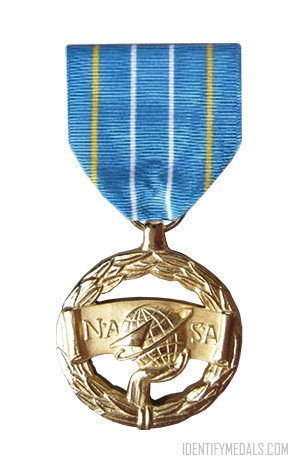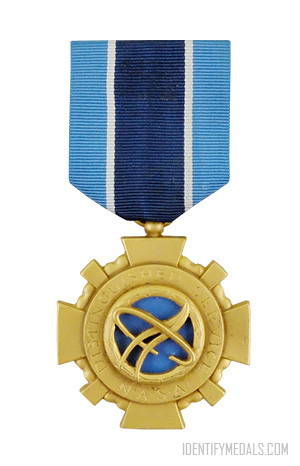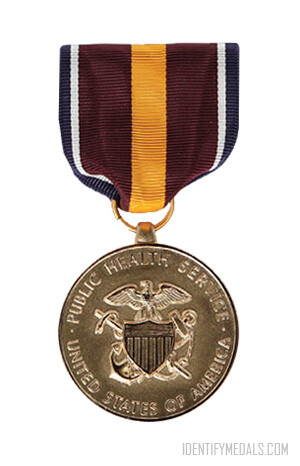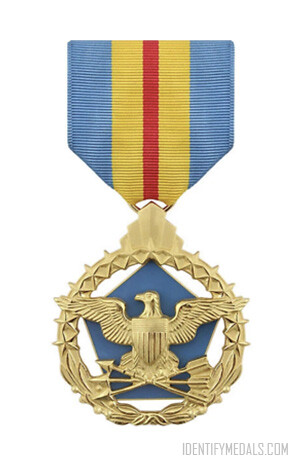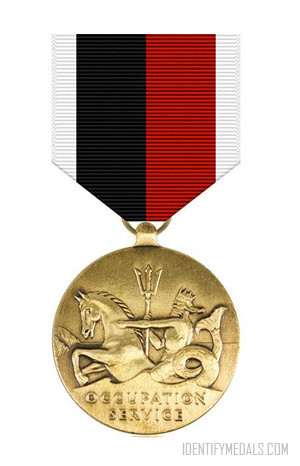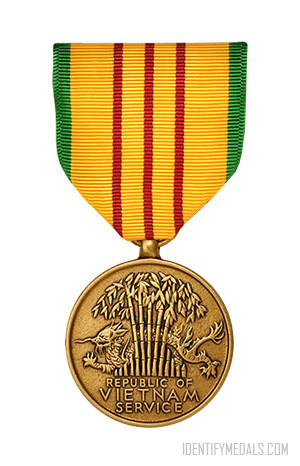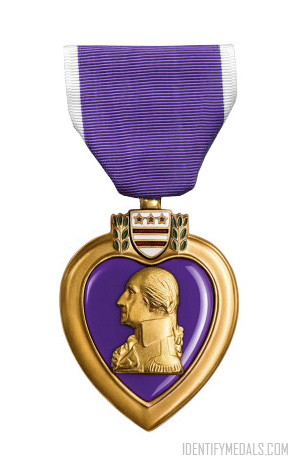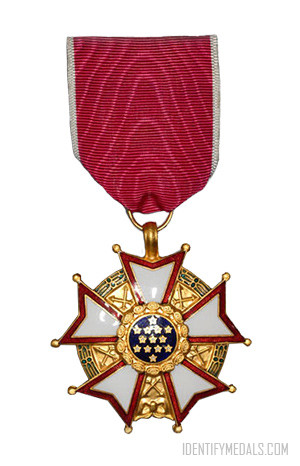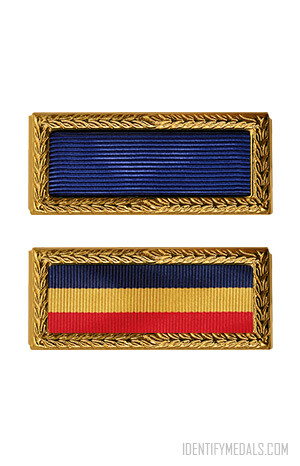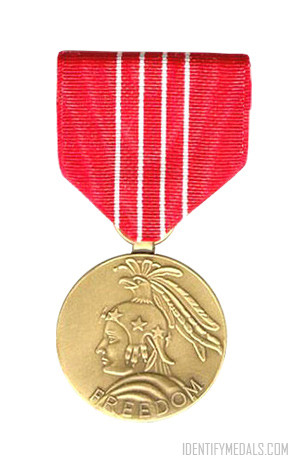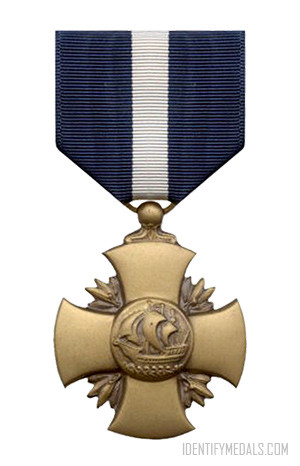- Time Period: Post-WW2
- Institution: 1981
- Country: United States
The NASA Exceptional Engineering Achievement Medal is a NASA medal established in 1981 to recognize unusually significant engineering contributions towards the achievement of aeronautical or space exploration goals.
This award is given for individual efforts for applications of engineering principles or methods that have resulted in a contribution of fundamental importance in this field or have significantly enhanced understanding of this field or have significantly advanced the state of the practice as demonstrated by an application to aerospace systems. Engineering contributions are typically characterized as being the design, development, and application of tools and systems, or significant process improvements. Contributions that were overlooked at the time it occurred are also considered.
The criteria also include the following:
- Accomplishments are far above others in quality, scope, and impact.
- Accomplishments are explicit, significant, and demonstrate results.
The NASA Exceptional Engineering Achievement Medal Design
The medal is circular and struck in bronze. A laurel wreath surrounds a hand holding a planet. On the sides of it is inscribed “NA” and “SA“.
The ribbon is light blue with thin yellow (x2 edges) and white (x2 central) stripes.

